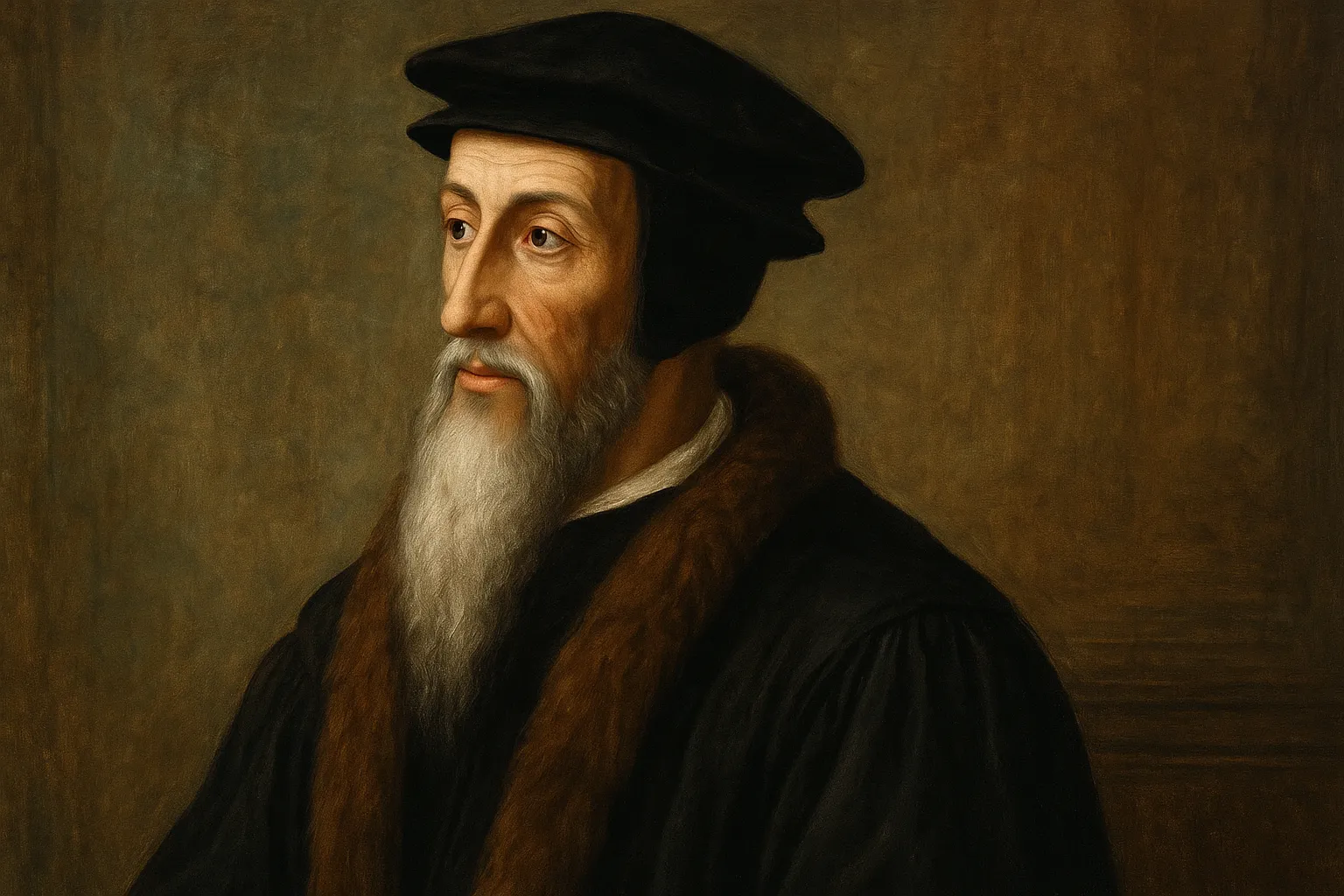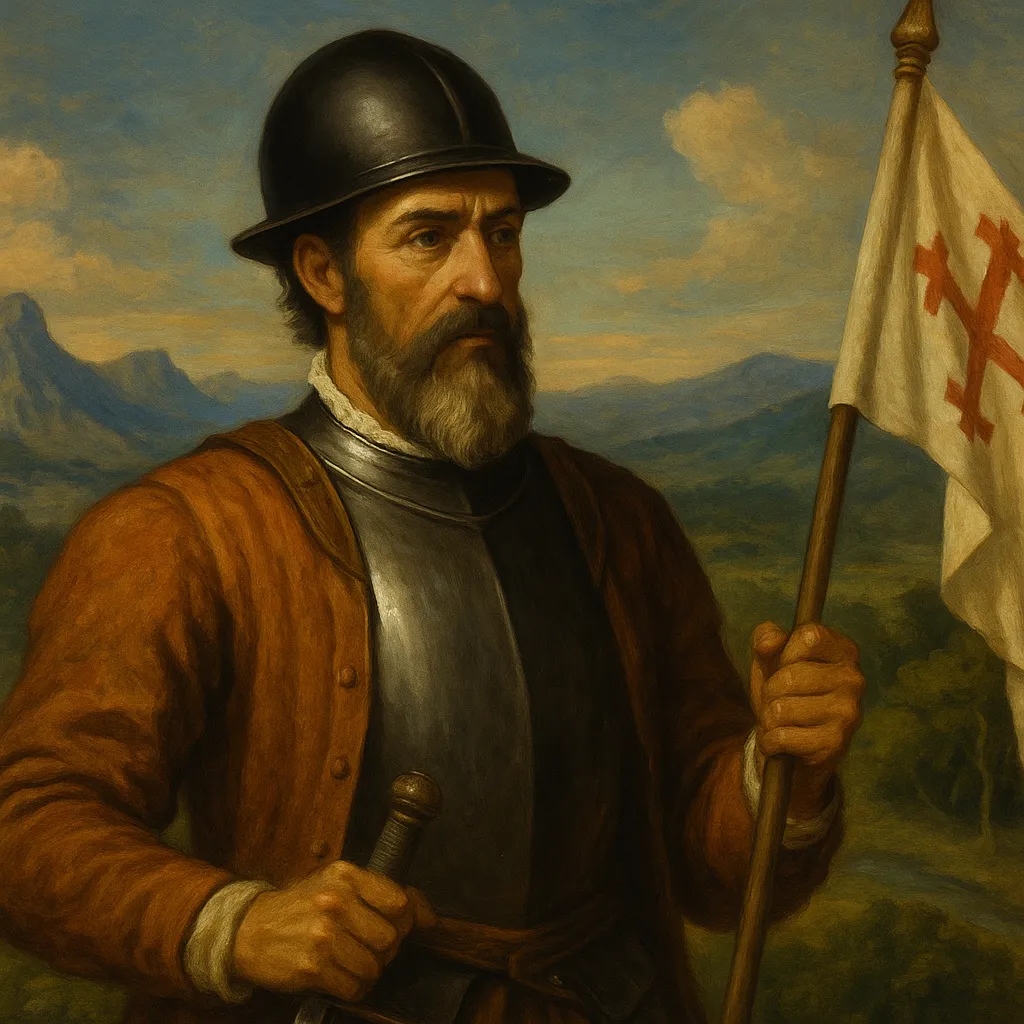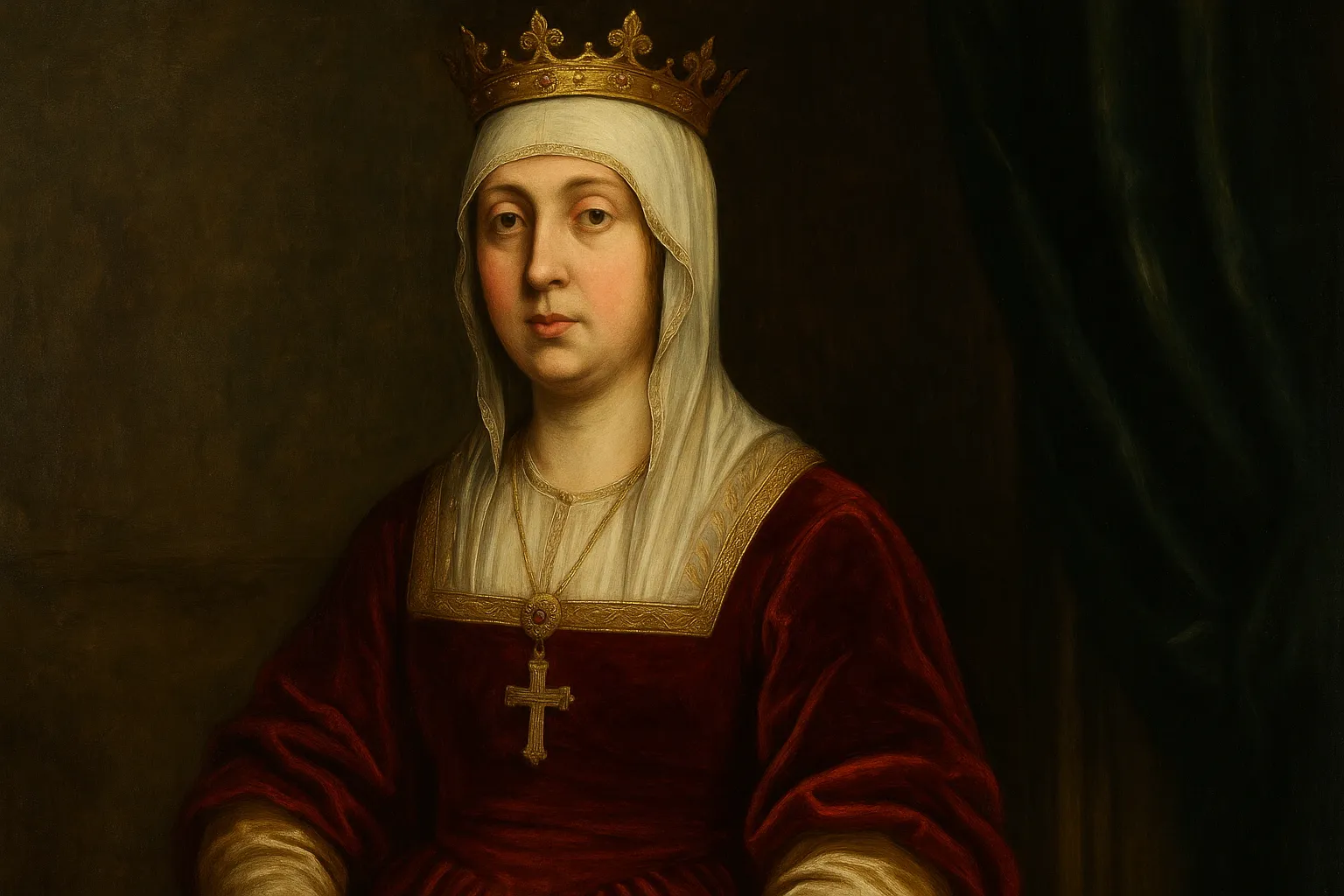Biography of Hernán Cortés: The Conqueror of the Aztec Empire

Hernán Cortés stands as one of the most controversial figures in the history of the Americas. Bold, brilliant strategist, charismatic, and ruthless, his name is forever linked to the fall of the Aztec Empire and the beginning of Spanish rule in Mesoamerica. This biography explores his life, military campaigns, political alliances, the ethical dilemmas of conquest, and his lasting legacy.
Origins and Early Life
A Hidalgo from Extremadura
Hernán Cortés was born in 1485 in Medellín, Extremadura, Spain, into a modest noble family. His parents, Martín Cortés de Monroy and Catalina Pizarro Altamirano, sent him to study law at the University of Salamanca, but he soon abandoned his studies.
Drawn by tales of the New World’s discoveries, Cortés decided to embark for the Americas in search of fortune and adventure.
Early Years in the Americas
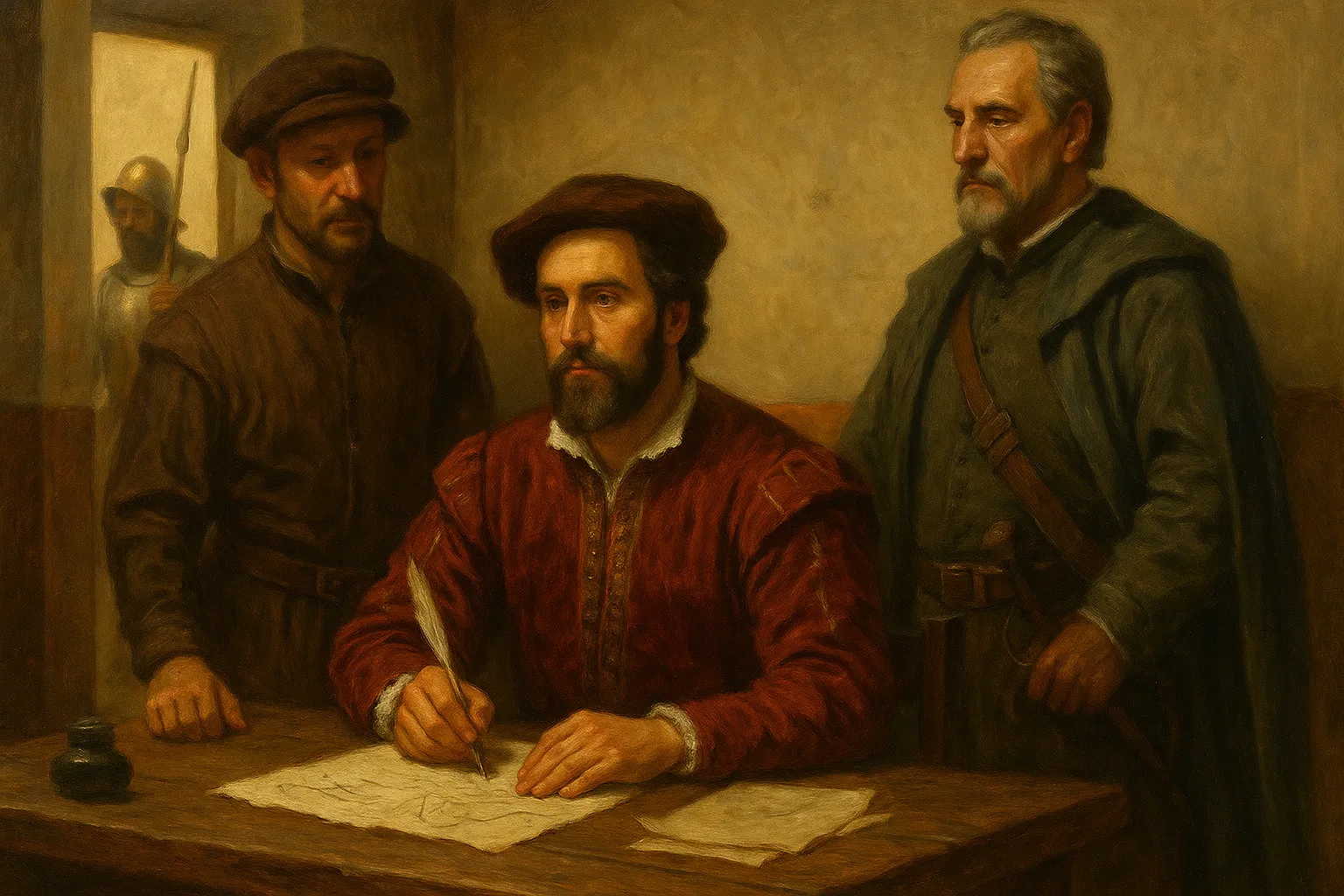
From Settler to Colonial Official
In 1504, Cortés arrived in Hispaniola (present-day Dominican Republic), where he began his career as an encomendero and government official. In 1511, he joined Diego Velázquez’s expedition to Cuba, playing significant administrative roles and gaining wealth and political experience.
His initial success in Cuba led to his appointment as Captain General of an expedition to explore and conquer new territories to the west.
The Expedition to Mexico
Defiance that Changed History
In 1519, despite Velázquez’s orders to cancel the expedition, Cortés sailed from Cuba with around 500 men, 16 horses, 13 arquebuses, and 10 cannons. Upon landing on Mexico’s coast, he founded the settlement of Veracruz, declaring his autonomy from Velázquez and reporting directly to the Spanish Crown.
From the outset, Cortés demonstrated remarkable political skill: negotiating with local tribes, forging key alliances, and securing crucial indigenous allies such as the Tlaxcalans, sworn enemies of the Aztecs.
First Encounter with the Aztecs
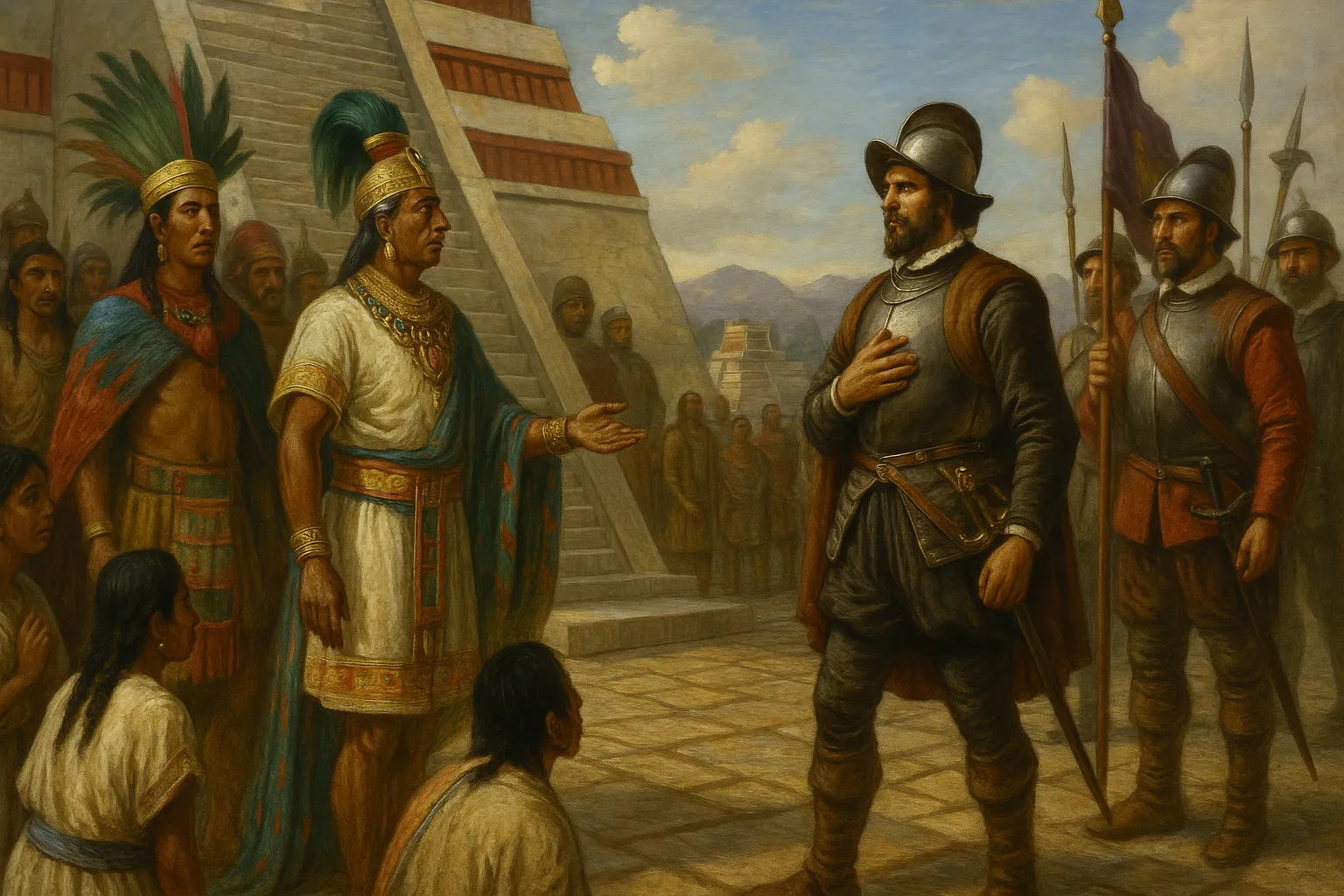
Initial Diplomacy with Moctezuma
The mighty Aztec Empire, ruled by Emperor Moctezuma II, dominated central Mesoamerica from its capital, Tenochtitlan. The Mexica, perplexed by the Spaniards’ arrival, initially chose to receive Cortés and his forces into the city in November 1519.
Cortés quickly seized Moctezuma as a hostage, maintaining a fragile balance of power through intimidation, diplomacy, and the Aztecs’ belief in the possible divine nature of the newcomers.
The Massacre at the Great Temple and La Noche Triste
The Conflict Erupts
While Cortés was away, his lieutenant Pedro de Alvarado ordered a massacre during an Aztec religious ceremony at the Great Temple, sparking a full-scale rebellion.
Upon Cortés’s return, he attempted to use Moctezuma as a mediator, but the emperor was stoned by his own people and died shortly after.
On June 30, 1520, the Spaniards were expelled in the event known as La Noche Triste (“The Night of Sorrows”), suffering heavy losses as they fled under fierce Aztec attack.
Indigenous Alliances and the Siege of Tenochtitlan
The Decisive Counterattack
After regrouping in Tlaxcala, Cortés assembled a formidable army composed of thousands of indigenous allies and Spanish reinforcements. He built brigantines to control Lake Texcoco and besiege the city.
The final siege began in May 1521. After months of intense fighting, starvation, disease, and destruction, Tenochtitlan fell on August 13, 1521, marking the collapse of the Aztec Empire.
Foundation of New Spain
The Beginning of Colonial Rule
Following his victory, Cortés rebuilt Tenochtitlan as the capital of New Spain: Mexico City. He established the encomienda system, distributing lands and indigenous labor to his soldiers, and organized a new colonial administration.
In subsequent years, Cortés continued to explore surrounding regions, extending Spanish control throughout Mesoamerica and into the Pacific.
Conflicts with the Spanish Crown
Losing Political Power
Despite his achievements, disputes with royal authorities intensified. Allegations of abuses, Cortés’s growing personal power, and the Crown’s economic interests led to officials being dispatched to limit his authority.
In 1528, he was removed from the governorship and returned to Spain to defend his actions before King Charles I, receiving honors but losing much of his political power.
Pacific Expeditions

New Explorations
Cortés did not retire quietly. Using his own wealth, he financed expeditions into the South Sea (Pacific Ocean), exploring the coasts of Baja California—though these ventures lacked the spectacular success of his Mexican conquests.
His contributions to maritime exploration were significant but overshadowed by his earlier military triumphs.
Final Years
The Decline of a Conquistador
In his later years, Cortés lived between Spain and Mexico, embroiled in legal battles over encomiendas, noble titles, and recognition of his rights.
He died on December 2, 1547, in Castilleja de la Cuesta, Seville, far from the lands he had conquered. His remains were eventually moved to Mexico, where they rest in the Hospital de Jesús in Mexico City.
Critical Assessment of His Character
Military Genius and Controversial Politician
Hernán Cortés remains one of history’s most debated figures:
- Brilliant strategist who forged decisive indigenous alliances.
- Bold military tactician, adept at exploiting internal divisions among Mesoamerican peoples.
- Astute politician, skillfully navigating royal interests and indigenous conflicts.
- Directly responsible for the destruction of one of the Americas’ most sophisticated civilizations.
His pragmatic adaptability and political shrewdness continue to attract scholarly attention.
The Impact of the Conquest of Mexico
Lasting Consequences
Cortés’s conquest had profound and enduring effects:
- Destruction of the Aztec Empire.
- Establishment of the Spanish Viceroyalty of New Spain.
- Economic exploitation of the region’s resources.
- Enforcement of Christianity and deep cultural transformations.
- The beginning of widespread cultural, biological, and linguistic mestizaje, shaping modern Mexican identity.
The plundering of gold, silver, and other resources fueled Spain’s imperial expansion and altered the global economic balance during the 16th century.
Historical Legacy
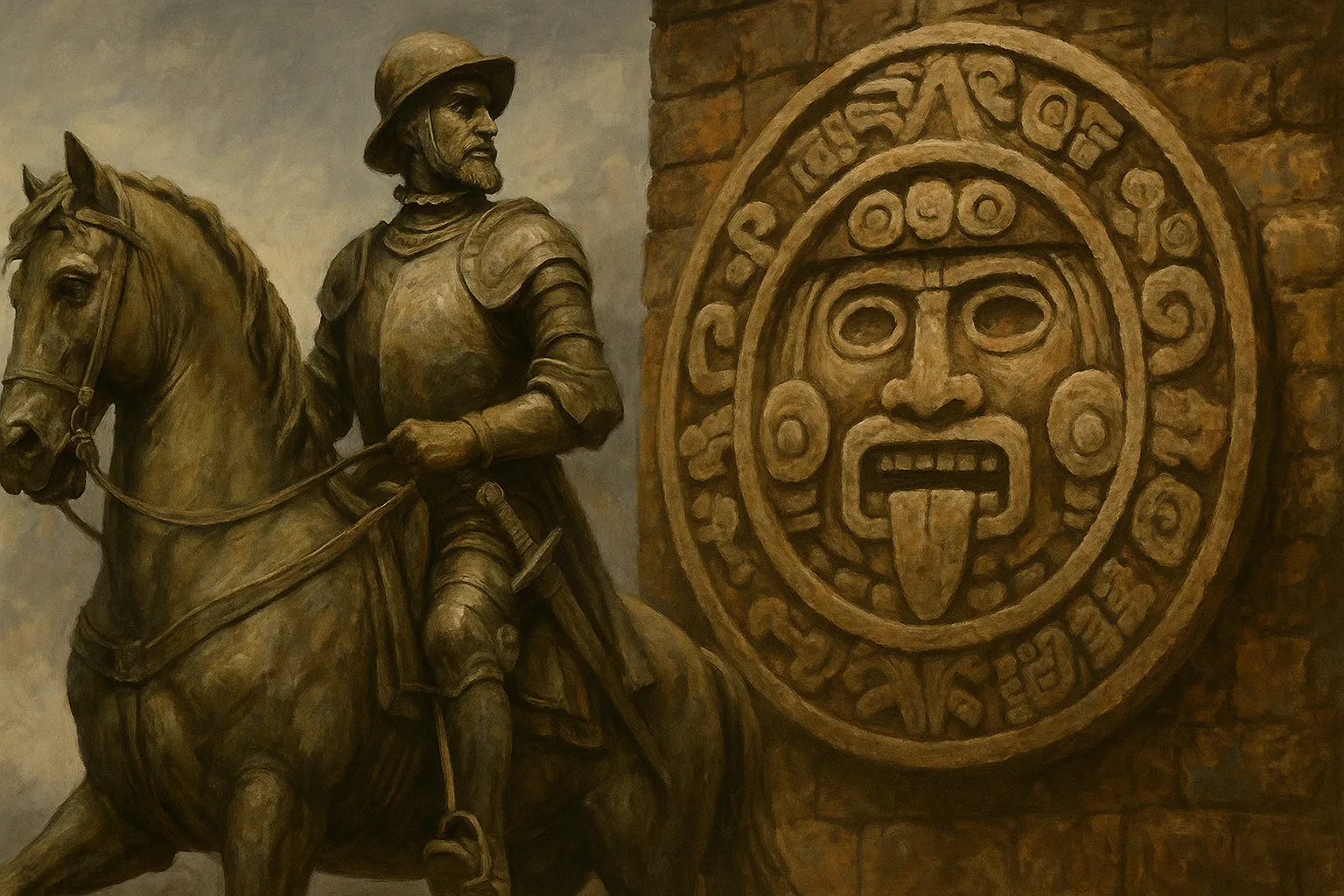
Hero to Some, Villain to Others
Cortés’s legacy remains deeply complex:
- Admired as one of history’s most skilled military commanders.
- Condemned as a symbol of colonial oppression and indigenous exploitation.
- His story epitomizes the brutal clash between two radically different civilizations.
In Mexico, his memory continues to spark intense debate, oscillating between historical recognition and moral condemnation.
The life of Hernán Cortés embodies the full spectrum of the Spanish conquest of the Americas. A military and political genius who, with limited initial resources, toppled one of the world’s most powerful empires.
His cunning, adaptability, and political pragmatism enabled one of the most astonishing feats in world history. Yet, the immense human, cultural, and symbolic cost of his conquests remains a painful chapter in American historical memory.
Cortés did not merely conquer an empire—he reshaped the destiny of entire continents.



